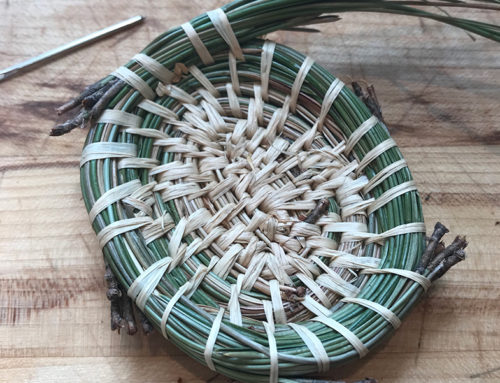After my second child was born, I suffered from severe postpartum depression and anxiety. I was completely overcome by my own negative self-talk. I felt like my whole life was out of control. My thoughts would spiral endlessly through anxiety, fear, despondency, self-deprecation, and then I could top it off with shame for having any of those feelings in the first place. I desperately wanted it to end. I found myself fantasizing about running away or ending my suffering with suicide. I was the master of catastrophizing, the queen of ruminating.
I can still experience anxiety sometimes, but it doesn’t often feel insurmountable. I am able to catch myself slipping, step away from old patterns, and take the time to be present in the now. I recover quickly and get back to playing with my kids, laughing with my husband, and generally enjoying life to the fullest.
Here are the strategies that helped me recover, and some of the ones that I use today to help my patients too:
Know
Become aware of your own patterns and triggers and what can you do to better prepare and manage for those situations. For example, if you are feeling vulnerable or emotionally spent after a stressful day at work, and you are aggravated by loud sounds or big crowds, maybe going to a massive party isn’t the best idea for that evening.
Help yourself and the people you care about understand what depression and/or anxiety is, and what it isn’t. There are loads of resources out there. These comics are just one of many great ways to explore what it’s like to live with mental illness.
Let go
I had to let go of the story I had long told about myself and all the negative self-talk that accompanied it. And when those old stories rear their ugly heads, I don’t let them grow too loud. To stop irrational thoughts in their tracks, it helps to name them, acknowledge them as irrational or obsessive, remind yourself that they are part of false ideas not grounded in reality, and take a moment or two to think about or do something that brings you joy.
Embrace
Literally, give yourself a hug. Or ask for more hugs from loved ones. Or hug a pet, or a pillow. Physical touch releases oxytocin, which decreases feelings of loneliness and anger while increasing happiness and a sense of being loved.
Embrace yourself just as you are. Forget about who you think you should be, or who you think other people might want you to be. Once I accepted that I was a highly sensitive person (HSP) and embraced the positive side of it, I was able to experience more self-love and thrive in my life, both personally and professionally. It also allowed me the space to comfort and care for the parts of myself that felt hurt, abandoned, scared, alone, and rejected in a new and powerfully healing way.
Breathe
More often than not, when a feeling of anxiousness arises, I take a moment or five to breathe. If I can, I lay down on my back with my heart open, and pay attention to the expansion of my chest and the sensation of air travelling into and out of my body. Connecting with the physical body in a focused way helps to ground floating emotional states, improve sleep, heart rate variability, and mood.
Sit
Sit with your feelings, even if they are painful. Sit in meditation. Sit outside in nature. Sitting, like other relaxation techniques such as breathing or progressive muscle relaxation, is a powerful tool to help you to be present in the moment, relax, and do all the other things I’ve already mentioned.
Sweat
Once I acknowledged I was unwell, I got to work sweating it out. I got back into a regular exercise routine that included mostly running and yoga, both of which have been shown to improve depression and anxiety. Exercise increases the release of endorphins, which produce a euphoric feeling and diminish pain perception. “Runner’s high?” Yes please.
Sweat in the sauna too. Saunas have been shown to reduce feelings of both depression and anxiety.
Eat
Eat well and ensure you’re getting adequate nutrients. Depression and anxiety can be caused by thyroid conditions, anemia, vitamin B12 deficiency, inadequate protein intake, blood sugar dysregulation, and more.
Sip
After sweating and often while sitting, I’d often turn to a cup of tea to help keep my moods stable and reinforce the lifestyle changes I was making. When I’m having a stressful day, I love to make myself a cup of chamomile, lavender, skullcap, St. John’s wort, and passionflower tea. As the character Patrick Jane says on the TV show The Mentalist, “it’s a hug in a cup.” For more information on herbal teas for depression and anxiety, check out my book “The Essential Guide to Women’s Herbal Medicine.”
Ask for help
This is often one of the hardest things to do. I didn’t tell any of my friends at first because I was afraid of being judged. And even once I did tell them, many couldn’t truly comprehend what I was experiencing because I had moments where I could be social, where I was genuinely happy, or when I was just faking it.
There may be social stigma plus the thick layers of guilt and shame to overcome but getting help is crucial. Ask for help from loved ones and healthcare providers, spiritual leaders and friends. Book an appointment. Build a circle of care around you.






